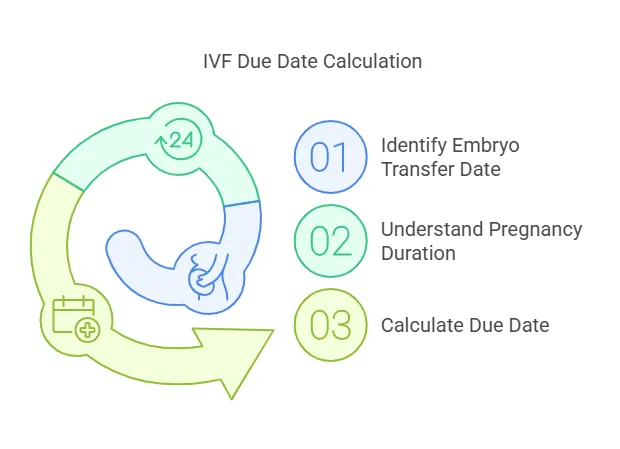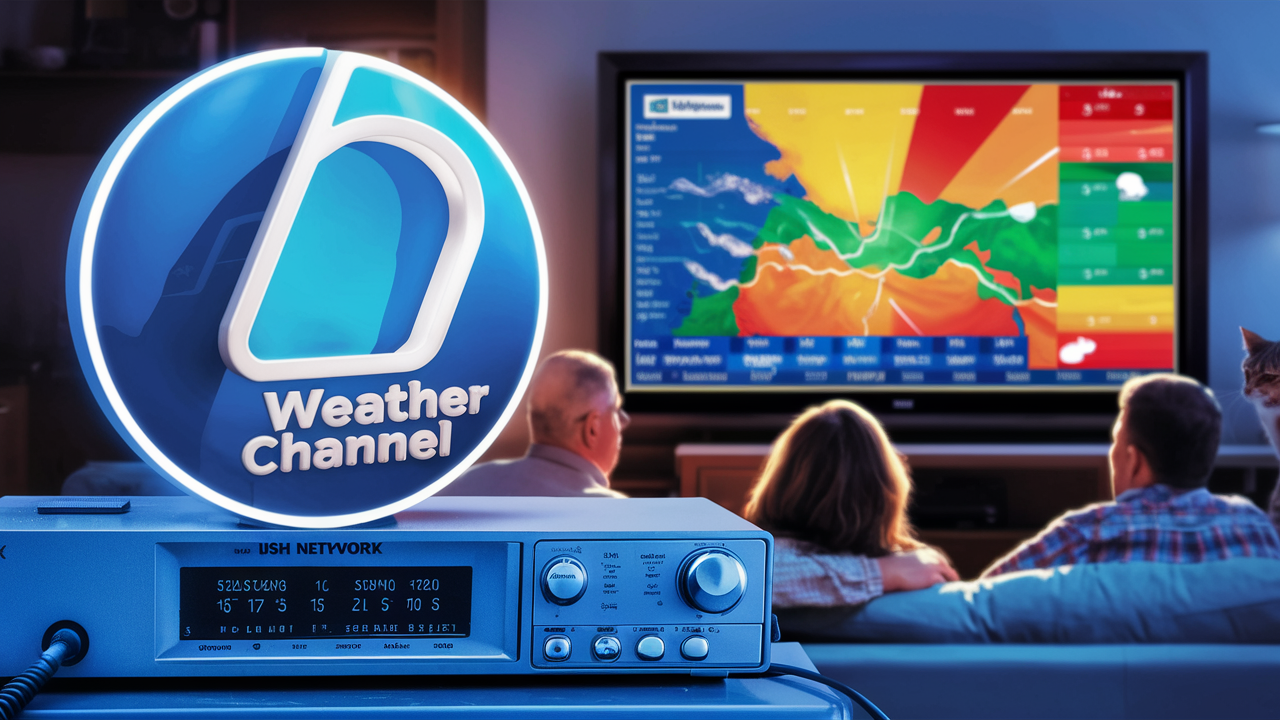Detroit Chinatown
Your independent window into Detroit’s neighborhoods and latest city news.
Explore Detroit, One Story at a Time
Detroit Chinatown highlights what is happening across the city — from neighborhood changes and cultural events to everyday stories that rarely make national headlines.
Browse the latest posts below or jump into categories like Culture, Entertainment, Hobbies, and News using the navigation on the left.










